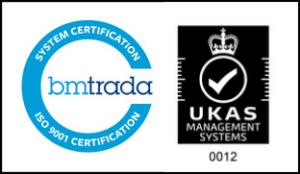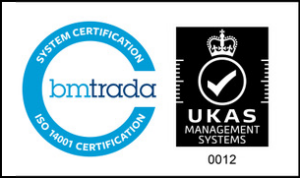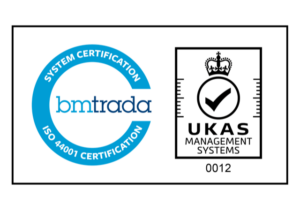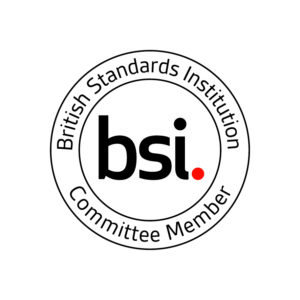Achieving Net Zero with systems-led infrastructure
Alongside a societal drive towards sustainability and industry focus on ESG, Net Zero is a primary target of Transforming Infrastructure Performance: Roadmap to 2030. It will only be achieved through truly outcomes-focused engineering, with a close eye on optimising operational life.
How does systems-led infrastructure reduce wastage?
A systems-led approach to infrastructure delivery mitigates the need to adapt the operational systems to the constraints of the civils structure. This reduces wastage during construction by ensuring the needs of the operating and maintenance regimes – and therefore technology requirements – dictate the infrastructure’s design.
Less rework results in more sustainable construction with better use of materials and fewer site emissions. The project’s overall resource consumption and environmental footprint is benefitted by limiting the risk of integrating systems as an afterthought.
Leading with the systems therefore creates opportunities for project-wide net zero targets.
How does earlier specialist involvement benefit sustainability?
The systems-led approach to infrastructure ensures that the right teams are involved at the right time. It involves specialists from the start so the project teams are aligned on scope and outcomes.
Earlier engagement of the design team during project conceptualisation improves buildability, limiting the potential for excess or infeasibility. The design team can instead then focus on innovation, buildability and more sustainable delivery methods.
Prioritising an end-result focus ensures Net Zero is considered throughout project delivery. Engaging the supply chain earlier in the process aids more responsible procurement. As a result, Net Zero is factored into the operation and maintenance phase of the project, as well as the build.
How does an outputs focus benefit sustainable construction?
Crucially, a systems-led approach doesn’t just consider the planning and delivery of the project, but the operational legacy after it’s been built. This focus on the outcomes – on how the asset will ultimately be used by the end user – improves long-term sustainability by designing and delivering infrastructure that will positively serve the community for many years to come.
Considering outcomes such as infrastructure sustainability as a priority from the start improves environmental impact and optimises the asset life, so it will need less regular maintenance, repairs and alterations. This is why the systems need to be supported by the structure, so they work together to benefit the community and help achieve Net Zero.
FEATURED PROJECTS
EXPLORE OUR PROJECTS
UPGRADING SALTASH TUNNEL
VVB provided mechanical & electrical services for the design, supply, install, integrate, commission, test and handover for the replacement A38 Saltash Tunnel Control System (TCS) and associated systems.
Read moreBirmingham Westside Metro Extension
The tram network lies at the heart of the region’s exciting public transport integration plans.
Read moreBank Station Capacity Upgrade
Bank Station, in the centre of the city of London, is the fourth most congested interchange within the Underground network.
Read moreBeddington to Rowdown
VVB was involved in the M&E systems for the cable replacement works in an existing National Grid tunnel.
Read more

















